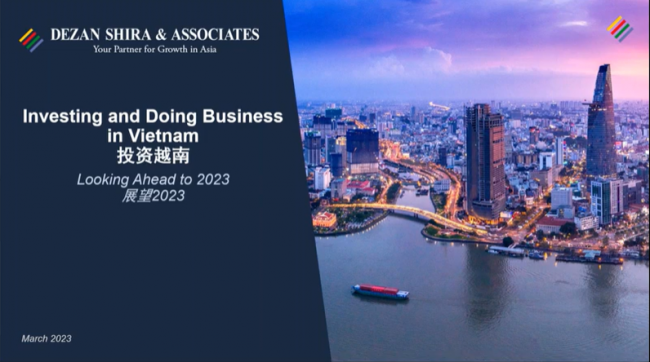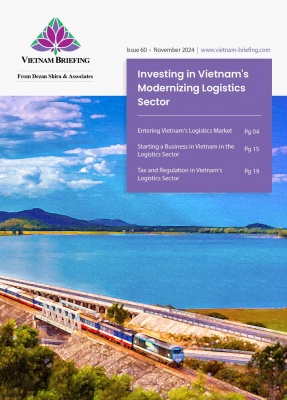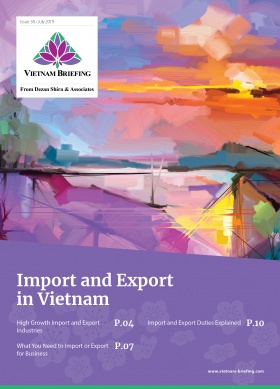The Seafood Industry in Vietnam – Aquaculture, Five Year Plans, and the TPP
Vietnam is in the midst of undergoing an industrial transformation, where the production of textiles, IT-outsourcing, chemical goods, electronics, and machinery items are becoming increasingly important. However, with its coastline spanning over 3000km Vietnam is an ideal country to boast a strong seafood industry, including both aquaculture and open ocean fishing.
The Government of Vietnam implemented a five-year plan, to be completed in 2020, which will boost investment and build major fishing centers in five provinces, Hai Phong, Da Nang, Khanh Hoa, Ba Ria – Vung Tau and Kien Giang, which already had strong existing fishing grounds.
Since 1986 the Vietnamese government has focused on an export-led approach for its seafood industry, which gradually reformed its market. Vietnam’s most important seafood products include shrimp, pangasius, tuna, and marine fish, according to VASEP. Shrimp, unarguably the most important of the above products, accounted for the largest share of the industry’s export turnover, accounting for more than 50 percent of the total export value.
However, the industry has not always boasted such results and the value of exports is very receptive to the general economic climate of importing countries. During the global economic downturn in 2009, the value of seafood exports declined by almost 10% in comparison to the same time in 2008.
Key Historical Industry Trends
The historical importance of the seafood industry is reflected in the number of employees directly or indirectly involved with the industry. By 2012, more than 5m people were directly employed by the sector and around 8m people, or about 10 percent of the country’s population, derived their main income from fisheries.
- Since 1985, the value of seafood output has grown by an average of 5 percent per year
- The export performance averaged 20 percent per year over the same period. The value of seafood exports reached US$ 776 million in 1997 which equals a two percent growth rate between 1986 to 1997
- Japan has been and remains the most important outlet for Vietnamese seafood exports. Unlike many other products, seafood was not meant to be exported to other countries of the soviet bloc
- Between 1986 and 1998 the value of exports has increased almost eightfold, growing at 20 percent per year, showing the increasing importance of the seafood industry
Though the volume of seafood exports may not be able to compete with textiles, they still make up a large portion of the local economy and are projected to rise. According to 2014 data supplied by VASEP, the Vietnamese Association of Seafood Exporters and Processors, there are 567 seafood processing establishments, who are licensed and therefore have permission to export their products.
As part of the government’s five-year plan, the focus now lies on increasing aquaculture production through diversification and in protecting fisheries resources. Other sources also name an increased focus on the quality of the product, rather than the quantity supplied, which will aid in exporting to Western nations.
Current State of the Industry
The numbers below reflect the ongoing importance of the seafood sector, which currently sits in the middle of the most important exports.
- Fisheries produced eight percent of gross value added to the economy in 2014, compared to agriculture in second place at 13.6 percent
- The average annual consumption of seafood by the domestic market has reached 27kg per capita, a figure expected to surge by 5.37 percent on average per year for the period 2011-20 while total seafood consumption by the domestic market was forecast to reach 790,000 tonnes for this year and 940,000 tonnes for 2020.
- Total fisheries output amounts to 6.5-7m tonnes, of which aquaculture production accounts for 65-70 percent.
In September 2015 VIETRADE, the Vietnam Trade Promotion Agency predicted the domestic market will become increasingly important for seafood suppliers. Although the export of seafood goods has seen a steady increase, there remain untapped opportunities to supply the domestic market, since local demand will tend to increase as incomes rise.
So far, the high cost of transport and distribution has led retail prices for seafood items to be relatively expensive, compared to other food items, which placed limits on domestic consumption. However, experts predict that engaging in modern distribution channels like supermarkets may be an effective way for firms to promote sales and advertise their products to a wider consumer base.
While there remain opportunities in the domestic market, the implementation of the Trans-Pacific Partnership agreement, a transregional free trade partnership, is forecasting Vietnam’s seafood exports to further rise. For example, Vietnam is one of the leading exporters of seafood to the US which currently imports around 91 percent of its consumed seafood.
The TPP agreement, which has been supported by Vietnamese seafood businesses, may lead to an even larger share of imported seafood from Vietnam to the US and other nations. In an analysis of likely effects of the TPP, VASEP said seafood exporters would benefit since part of the TPP agreement is to eliminate or reduce import taxes by 90 percent. Shrimp exports to the US may rise even more dramatically since the two countries didn’t have a trade agreement before.
Looking Ahead
Under the countries ambitious five year plan, the fisheries sector is expected to produce 6-7 million tonnes of seafood by 2020, exports were projected to post a turnover of US$11 billion by 2020, achieving an average growth rate ranging from 7-8 percent.In terms of diversification, clams, oysters and mussels are seen as an important growth sector with incentives for entrepreneurs to enter the field. Furthermore, the Government will invest into the industry, build fishing ports, integrate and modernize fishing logistics services, develop offshore fishing, which is projected to attract further investment.
About Us
Vietnam Briefing is produced by Dezan Shira & Associates. The firm assists foreign investors throughout Asia from offices across the world, including in Hanoi and Ho Chi Minh City. Readers may write to vietnam@dezshira.com for more support on doing business in Vietnam.
- Previous Article Restrictions on Foreign Direct Investment in Vietnam
- Next Article Close Ties: FDI Flows from Italy into Vietnam Reveal Key Economic Relationship






























